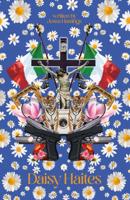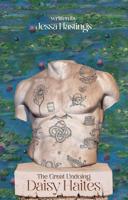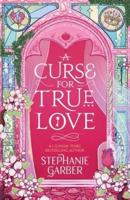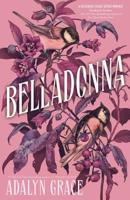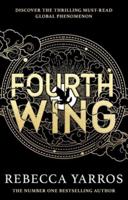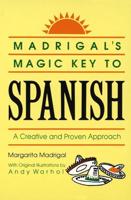Publisher's Synopsis
A truffle is a fungal fruiting body that develops underground. It relies on mycophagy for spore dispersal. Almost all truffles are usually found in close proximity with trees. There are hundreds of species of truffles, but the genus Tuber specie is the most highly prized as foodstuff. Edible truffles are held in high esteem in French and northern Italian cooking, as well as in the international haute cuisine. The mycelia of truffles form symbiotic relationships with the roots of several tree species, including beech, poplar, oak, birch, hornbeam, hazel, and pine. They prefer argillaceous or calcareous soils which are well drained and neutral or alkaline. Truffles fruit throughout the year, depending on the species, and can be found buried between leaf litter and soil.The origin of the word truffle appears to be the Latin word tuber, meaning "lump", which later became tufer and gave rise to the various European terms: French truffe, Spanish trufa, German Trüffel, Dutch truffel and in piedmontese "Le Trifole". In Portuguese, the words trufa and túbera are synonyms - the latter closer to the Latin term. The German word Kartoffel ("potato") is derived from the Italian tartufo (truffle) due to superficial similarities.










